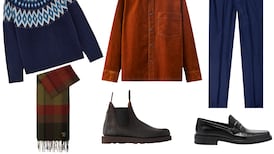Since lockdown ushered in last March, our day-to-day lives have changed dramatically, and so has how we dress. The professional landscape has shifted to the living room and waist up dressing becoming the norm as we get into the swing of video calls. “With the majority of men working from home, the old ‘work uniform’ is now redundant,” declares Martin O’Byrne from menswear retailer Frewen & Aylward. “I think some men are still making an effort to look respectable for virtual meetings but in general everyone has gone very casual,” he says.
Without the formality or the dress-codes imposed by the workplace, men are now in a style free-for-all, and can wear pieces that they might not have tried before. “Men are tending to dress more casually, but that’s not to say more conservatively. The social rules and norms that dictate how men dress in ‘normal’ times aren’t there,” says Stephen Burnett, head menswear buyer for Brown Thomas and Arnotts. “I think men are free to experiment with how they dress – a new combination of colours, perhaps a mixing of styles.” O’Byrne believes that men have learned with lockdown that they no longer have to conform to the old ways of doing things: “You can still look smart without wearing a suit or a shirt and tie. Comfort is a big consideration.”
The new stomping grounds of the couch, kitchen and bedroom, mean wardrobes have reached a spot that sees the boundaries of weekend and office wear blending considerably. That’s something stylist and TV presenter Darren Kennedy believes was happening before but was accelerated by the lockdown. “Over the last few years we’ve already seen a switch from classic tailoring into more sports-inspired and deconstructed tailoring, but I think lockdown has been a bit of a quantum leap into clothing that is casual, relaxed and comfortable.”
Life, mostly, indoors doesn’t just mean comfort is a priority, but multifunctional and versatile pieces are integral to lockdown wardrobes too. Shane Burke from StylishGuy menswear boutique has seen a spike in sales of wool. “People are looking for clothing that is good quality and has a bit of warmth, we’re selling a lot more merino and lambswool jumpers, I guess they are using these for sitting at the computer at home on Zoom.” Comfort and practicality may be deciding factors in what men chose to wear in lockdown, but style is still a component. Burke believes men are conscious of how they look, especially from the waist-up, saying: “They are aware of how they appear on Zoom calls, so they are choosing to have a safe variety of go-to pieces like wool polo tops, and button down collar shirts.”
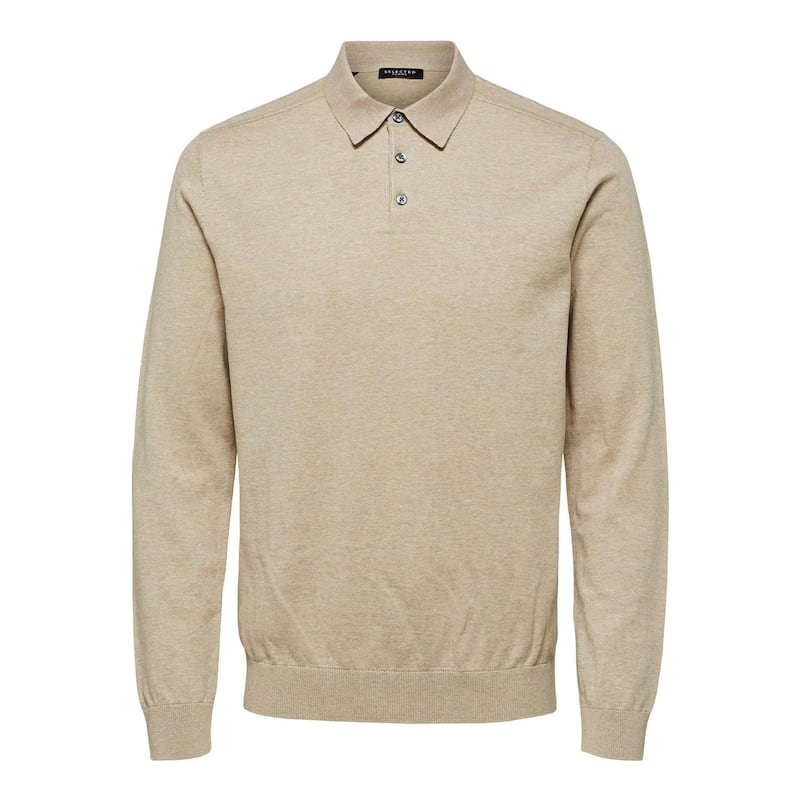
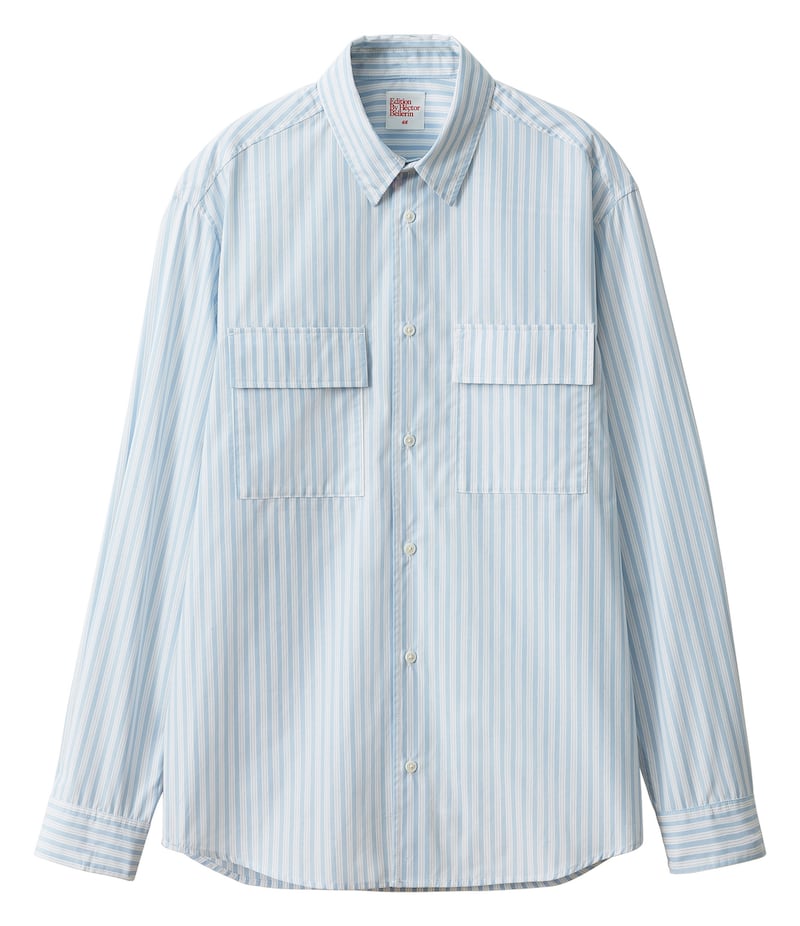
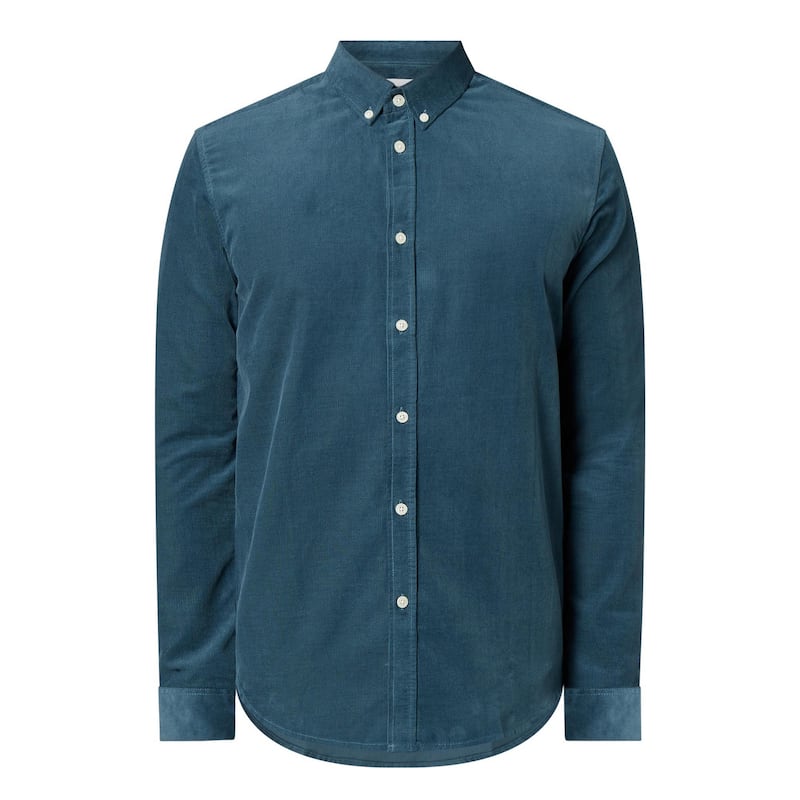
It seems clothing, for most, still has a vital role to play in lockdown, particularly for disposition. “Even now, I think people are making the most out of the strange situation, dressing up where they can. I’m a firm believer that setting yourself up for the day – picking an outfit you can covet can make a difference in mood,” says Andy Collins from menswear boutique Indigo and Cloth. Clothing can enhance productivity, as well as empower. So, what are those mood-enhancing, outfit elevators that are comfortable and professional? With little need for suits in lockdown, stylish, relaxed separates that can fill the void are utility overshirts and jumpers with half buttons or zips that add polish. Shirting with softer collars are smart options for more formality.
All these style changes have spurred a period of fashion contemplation, with a more considered approach to clothing habits and consumption. “We’ve all had that chance to finally take stock of what we own and assess what’s most important,” says Collins, adding that men should be looking for pieces with a sense of permanence, that focus on quality and craft. O’Byrne maintains that quality is at the forefront of customers minds as a result of lockdown: “Men have realised the old adage of ‘buy cheap buy twice’ is true. When you buy quality clothing you are investing in something that will last. But if your wardrobe is full of cheap fast fashion there is a need for replacements.”
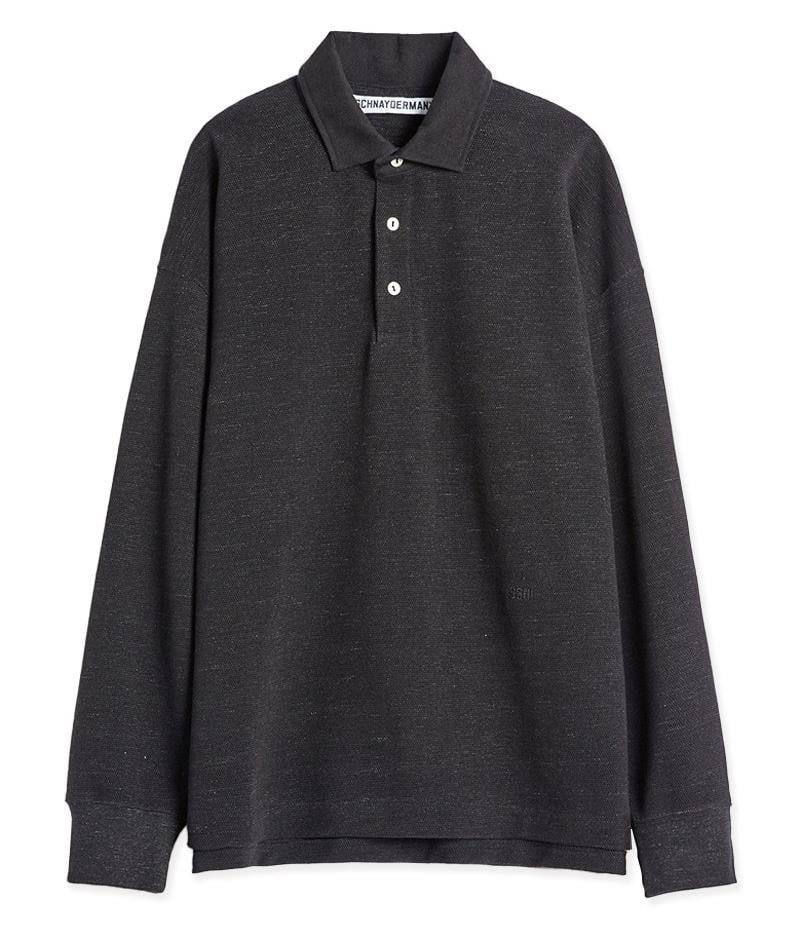
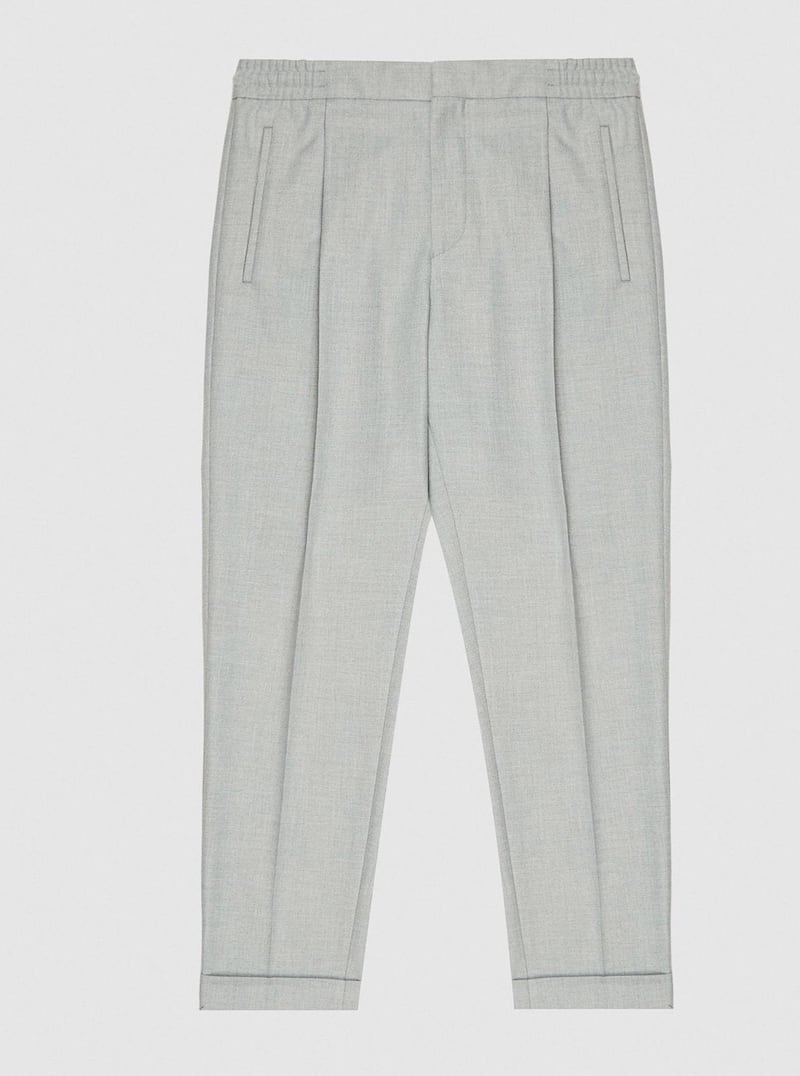
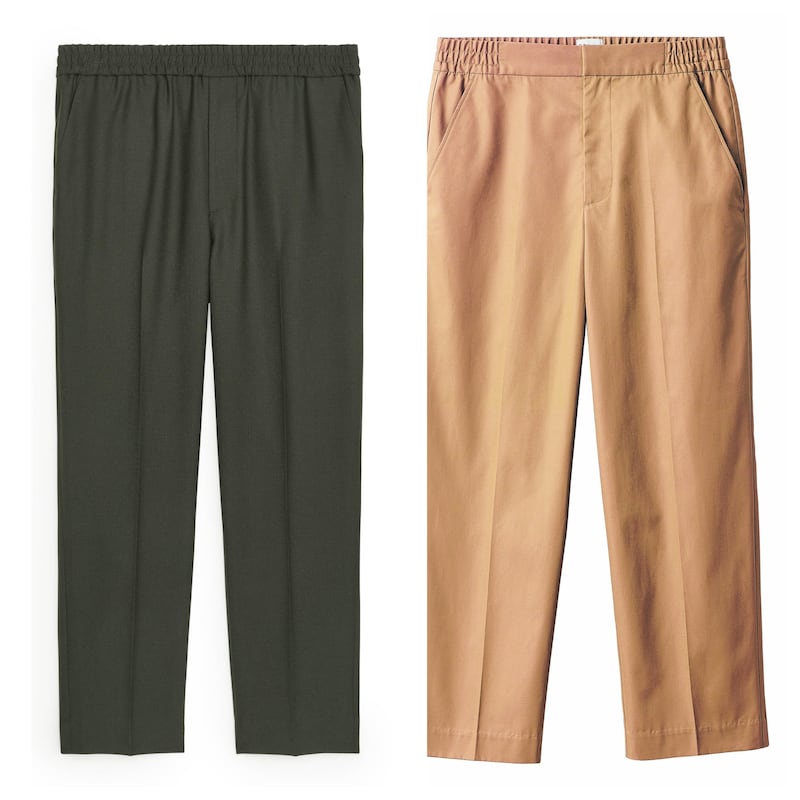
Collins agrees that men should buy things with the longer term in mind: “Think, will this piece make sense in five years? Pleated trousers, quality knitwear and outerwear that protects you from cold, wind and wet are all worthy investments.” With more activities centred around the outdoors, it’s not surprising there’s been a renewed interest in pieces designated for the open air. “When it comes to working from home and lockdown life, the brands I’m wearing have changed, there’s a lot of North Face, Fusalp, there’s a lot more focus on the outdoors,” says Kennedy. According to Brown Thomas and Arnotts head buyer Burnett, men have always appreciated outerwear’s technical aspects, but now that’s even greater. “Men considering clothes for outdoors are looking towards Patag, Moncler and CP Company.”
The dominance of outerwear and casual pieces, coupled with social events curtailed, has seen the suit regulated to the style sidelines. Long a cornerstone of a man’s every day and formal wardrobe, is the pandemic the final death knell for the suit, or are the days of comfort dressing numbered? “Putting on a suit is now the sole preserve of the professionals who still have face to face contact, eg politicians, consultants, and solicitors. For day-to-day office wear I cannot see the suit reemerging as the prominent workwear of choice,” says O’Byrne, who believes tailoring will instead centre around softer, unstructured silhouettes.
The legacy of forgiving waistbands is set to live on, with comfortable closures now incorporated into suiting in easy-fitting options. “Coming into the spring season, men will be wearing the grown up version of joggers. The style is similar – drawstring waist – but the fabrics are more dressy casual than sports – easily teamed up with shirts, polo shirts, knitwear and jackets,” explains O’Byrne. In Indigo and Cloth, instead of leaving the suit to gather dust, they are educating their customers on how to adapt their tailoring to style it in distinctive ways, with Collins saying: “The suit will always be a menswear staple. We’ve been curating most suits in-store with the intention for people to wear them more casually, away from the focus of formalwear”. In fashion, everything comes full circle, and Burnett believes that men miss dressing up, and he remains hopeful of the reemergence of the suit, particularly when it comes to occasion dressing. “That first wedding or party after more than a year will be a perfect opportunity to get dressed up and rediscover the enjoyment of how a great suit can make you feel.”




